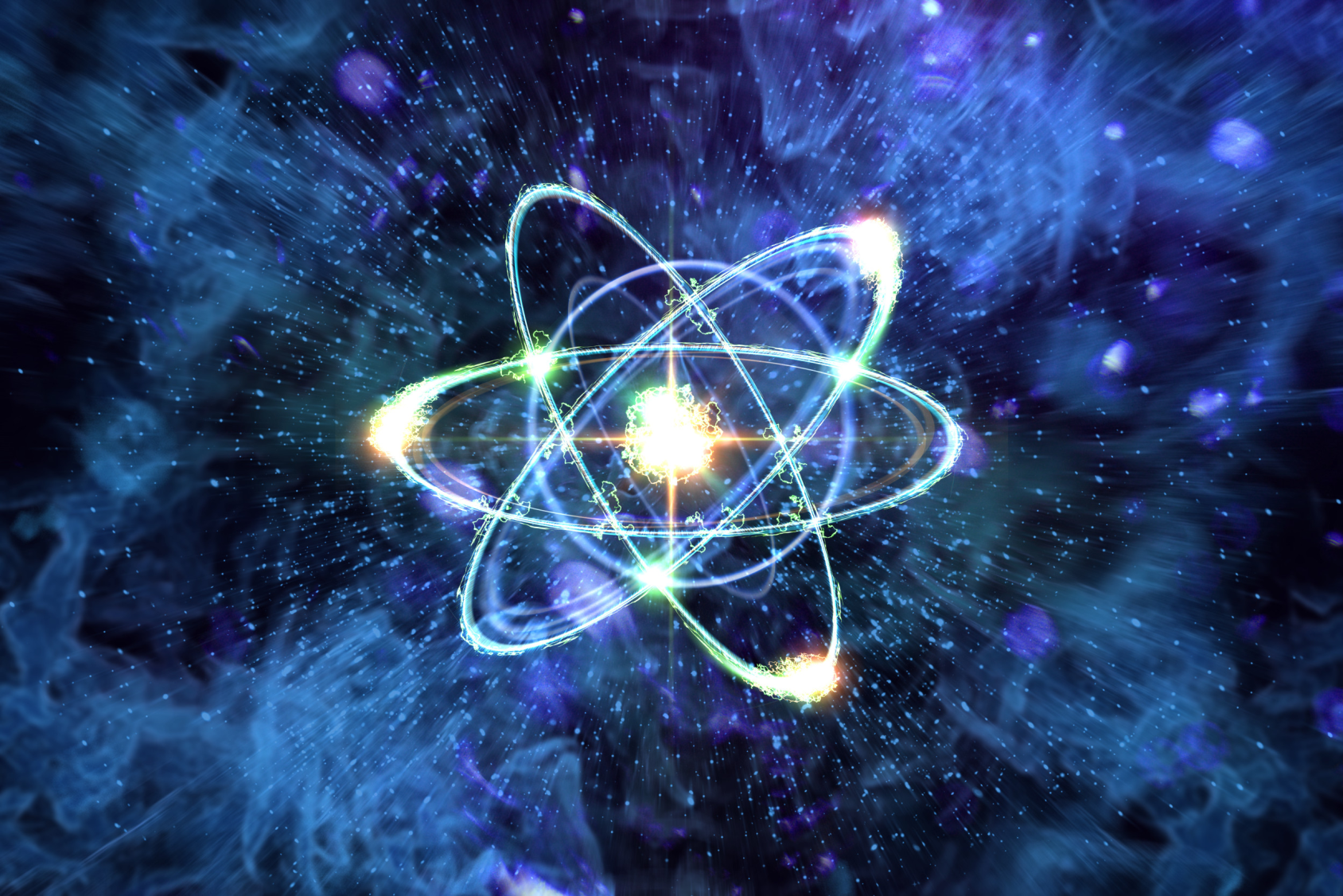In December 2022, scientists studying nuclear fusion produced the first-ever nuclear fusion reaction that resulted in a net gain, otherwise more energy came out of the reaction than came in. Nuclear fusion is often described as the “holy grail” of energy production; in fact, the Sun is powered by nuclear fusion. What exactly is nuclear fusion? Dive in to learn about nuclear fusion and what it means for us.
Nuclear fusion, simply put, is a process where 2 or more light atomic nuclei are heated and combined together to produce a heavier element. The reason that this recent breakthrough is important is because nuclear fusion requires very high temperatures and pressures to successfully undergo the reaction, meaning that it is difficult to maintain and requires a lot of effort. The recent success however shows us that there is an alternative to nuclear fission, another method that we currently use to generate energy for consumption, once we manage to overcome these obstacles.
Nuclear fission on the other hand is the opposite of nuclear fusion, it is a process where a heavy isotope is split into 2 smaller isotopes. Today’s nuclear power plants use nuclear fission to generate energy that can be turned into electricity, powering the nuclear energy industry and the planet. However, there are some problems with nuclear fission. The byproducts of nuclear fission are highly radioactive and last for long periods of time, meaning if they aren’t disposed of correctly, they could cause some potential harm. Nuclear energy is not a renewable energy source, in fact nuclear energy emits a lot of carbon into the atmosphere and pollutes the air greatly, leading to global warming and climate change in the long run. There can also be major health risks if you happen to be exposed to nuclear fission as well. These are some of the reasons why people view nuclear energy and nuclear plants negatively. This is where nuclear fusion comes in.
In comparison nuclear fusion is a much cleaner process that could produce more energy than nuclear fission in the future. For starters, nuclear fusion produces no carbon emissions because it uses elements such as hydrogen and/or lithium. It doesn’t require fossil fuels meaning that it will not produce greenhouse gasses, unlike its counterpart nuclear fission. It also happens to be cheaper and longer-lasting than nuclear fission as well. However, nuclear fusion has its problems as well. It is quite difficult to maintain the temperatures and pressures that nuclear fusion requires, resulting in a smaller reaction that doesn’t last long enough to make a significant change in energy. The amount of energy produced in the breakthrough is barely enough to supply a few kettles to boil water. In order to power electric grids, there needs to be a much more substantial gain in energy that is produced by nuclear fusion.
Don’t be worried though, this breakthrough is making way for many more ambitious experiments, with a goal of a source of clean energy, tackling global warming and helping countries produce “net zero” emissions by 2050. Although it will take time for this success to be meaningfully scaled up, what nuclear fusion promises us is a big incentive for overcoming these challenges.
← Back To Blogs

Nuclear Fusion and What it Means for Us
The Future of Energy, Sun, Feb 12 2023

Learn about the promising sustainable energy source with potentially limitless fuel and low waste.
Quiz!
Question 1
How does Nuclear Fusion Work?
Select your answer:
Full Name:
Leaderboard:
| Name | Tries |
|---|

Who is Abhinav?
Abhinav wrote this article!
Hey there, I am the VP of Communications which basically means that I am the member responsible for spreading information about Scientail. I am a high schooler who is very much interested and passionate about STEM. I like to volunteer and help others as much as I can in my free time and being a part of Scientail lets me help people learn about STEM.